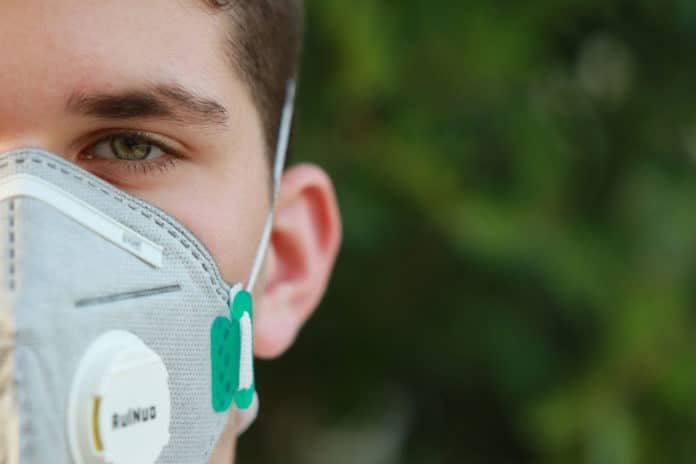Little is known about COVID-19, and even less is comprehended. Contrasted ominously and improperly with flu and SARS (another coronavirus syndrome), COVID-19 is a virus unlike either because it favors cells that can be found in the lungs. However, similar cells can be found in the olfactory epithelium, which is the layer of skin containing the neurons liable for the sense of smell.
Charles Greer, Ph.D., was interested when he read that some COVID-19 patients revealed losing their sense of smell. A notable symptom of having one’s nose obstructed with mucus after getting a cold or the flu, anosmia (loss of smell) can be enduring or even perpetual in few patients.
Greer immediately wondered which aspect of the virus is causing this side effect, especially given the lack of other relevant symptoms common to rhinovirus infection, also known as the common cold.
He asked, “Are neurons degenerating? Are cells being blown up by the virus? Also, why these cells? Why isn’t [COVID-19] in the eye or the skin?”
Greer said, “The public reports describe anosmia before the onset of other symptoms as well as afterward, with patients regaining their sense of smell very quickly after recovery. This is interesting because the olfactory epithelium can regenerate quickly: there’s an almost complete turnover in cellular material there every 6–8 weeks.”
Dana Small, Ph.D., professor of psychiatry and professor of psychology and director of the modern diet and physiology research center, has started a limited study to measure people’s ability to smell.
Small said, “Olfactory loss is not uncommon with other viruses. But the smell is one of those things we take for granted and tend not to notice until it’s gone.”
Small, along with her three colleagues, designed a screening instrument to track smell loss over time. The instrument uses common items so that the test can be carried out at home. For example, individuals use a scale to rate the strength of the smell of peanut butter; they can do this over several days to see whether the strength changes.
According to Small, peanut butter is a good stimulus because it is familiar, available in most homes, and is a relatively pure olfactory stimulus.
She said, “There are many molecules that activate other neurons in alcohol, vanilla, mint, coffee, and other items we associate with the smell. Peanut butter, however, is pure—it enables only the olfactory system, and is, therefore, an ideal stimulus for tracking smell. It has also been used by other researchers to document smell loss in Alzheimer’s disease.”
Scientists emphasize that patients reporting dysgeusia (distortion or loss of taste) were likely to depict a common symptom of anosmia.
At the point when individuals state they’ve lost their sense of smell and taste, they’re generally describing a loss in retronasal olfactory function, not the inability to recognize sweet and bitter.
Understanding anosmia could be a key to helping otherwise asymptomatic and healthy COVID-19 carriers self-identify and quarantine. To this end, members of the Association for Chemoreception Sciences (AChemS) have created a working group, the Global Consortium for Chemosensory Research (GCCR), to help pool expertise and resources for other researchers. The American Academy of Otolaryngology-Head and Neck Surgery (AAO-HNS) has also developed a tool for clinicians.
